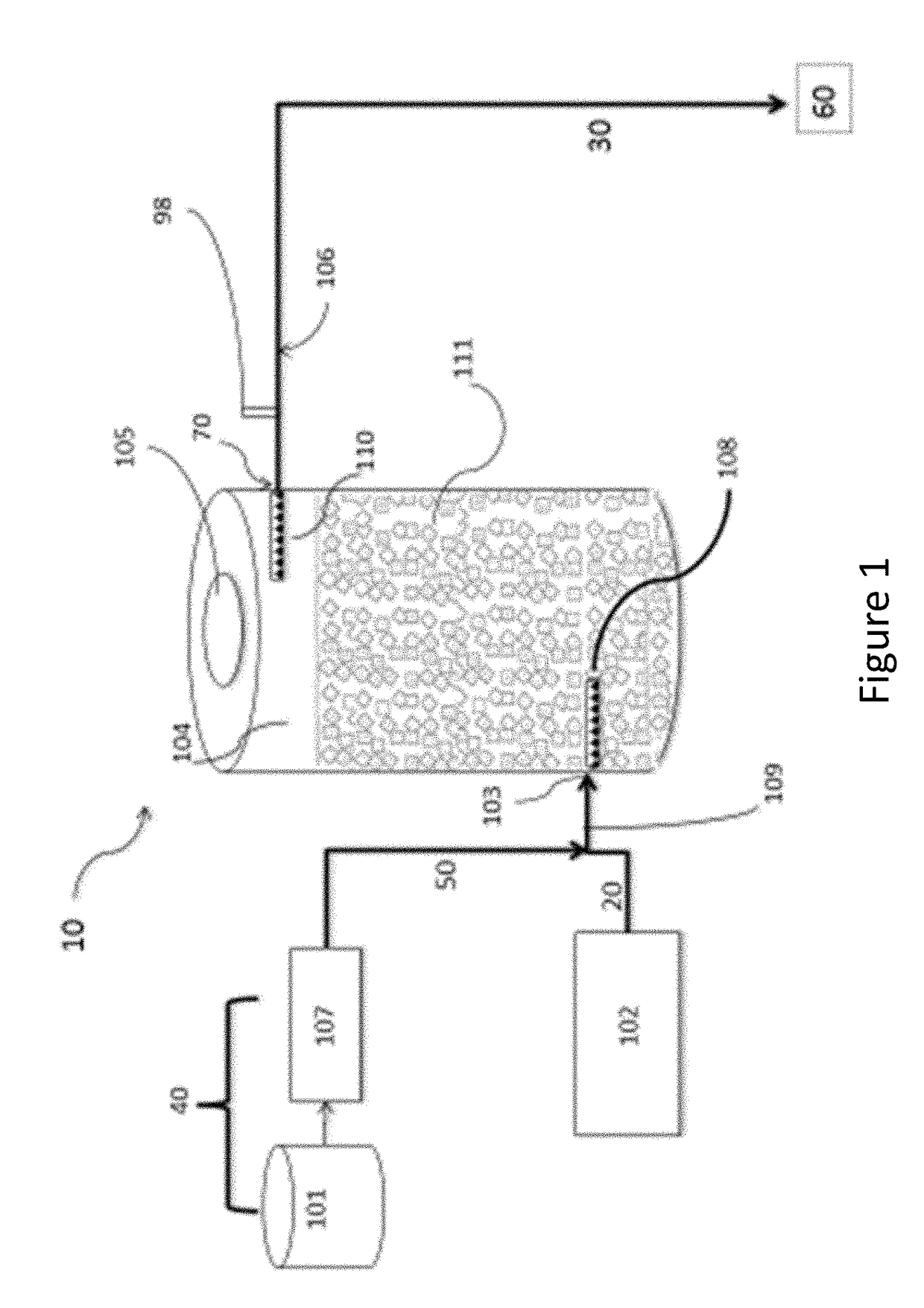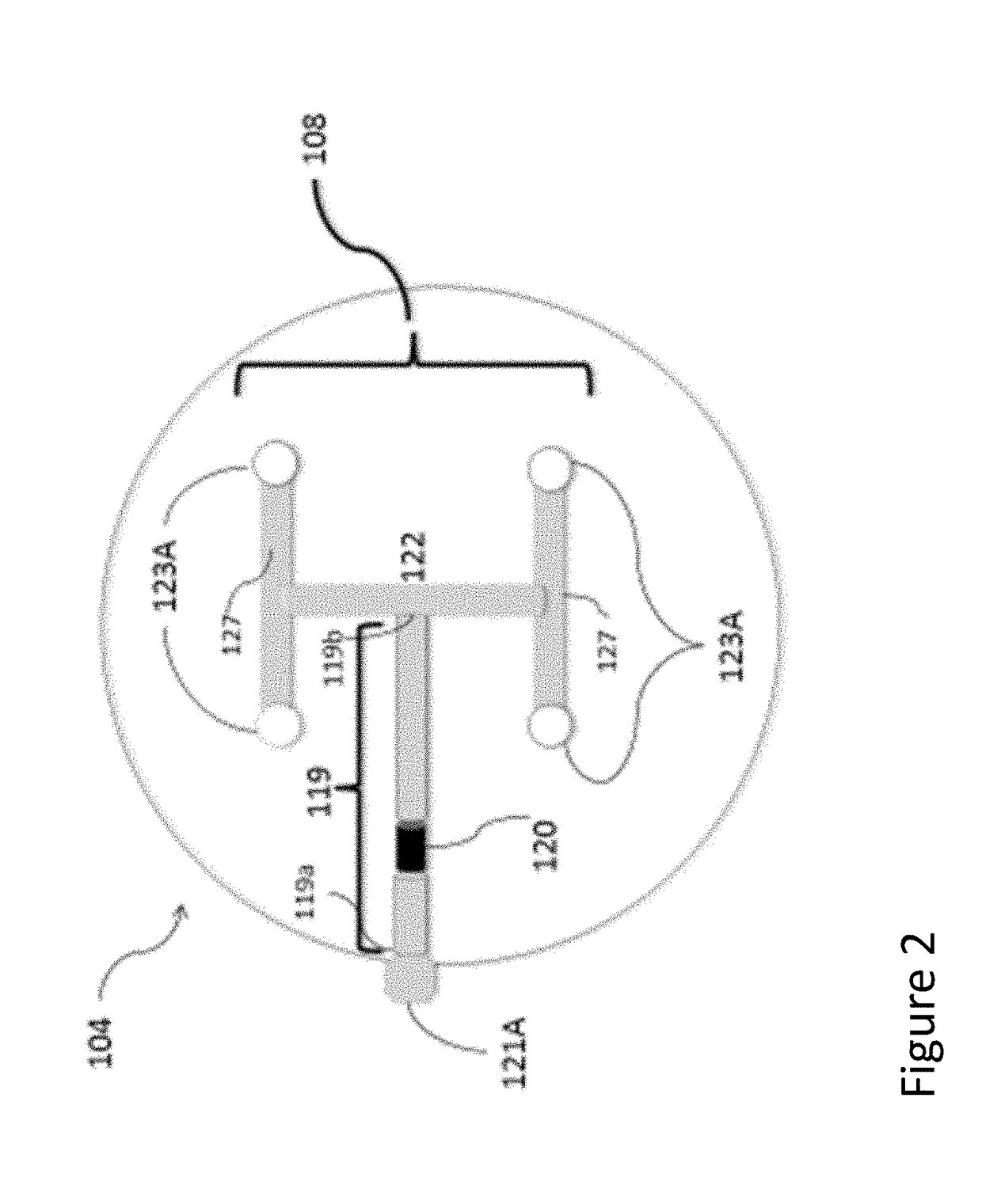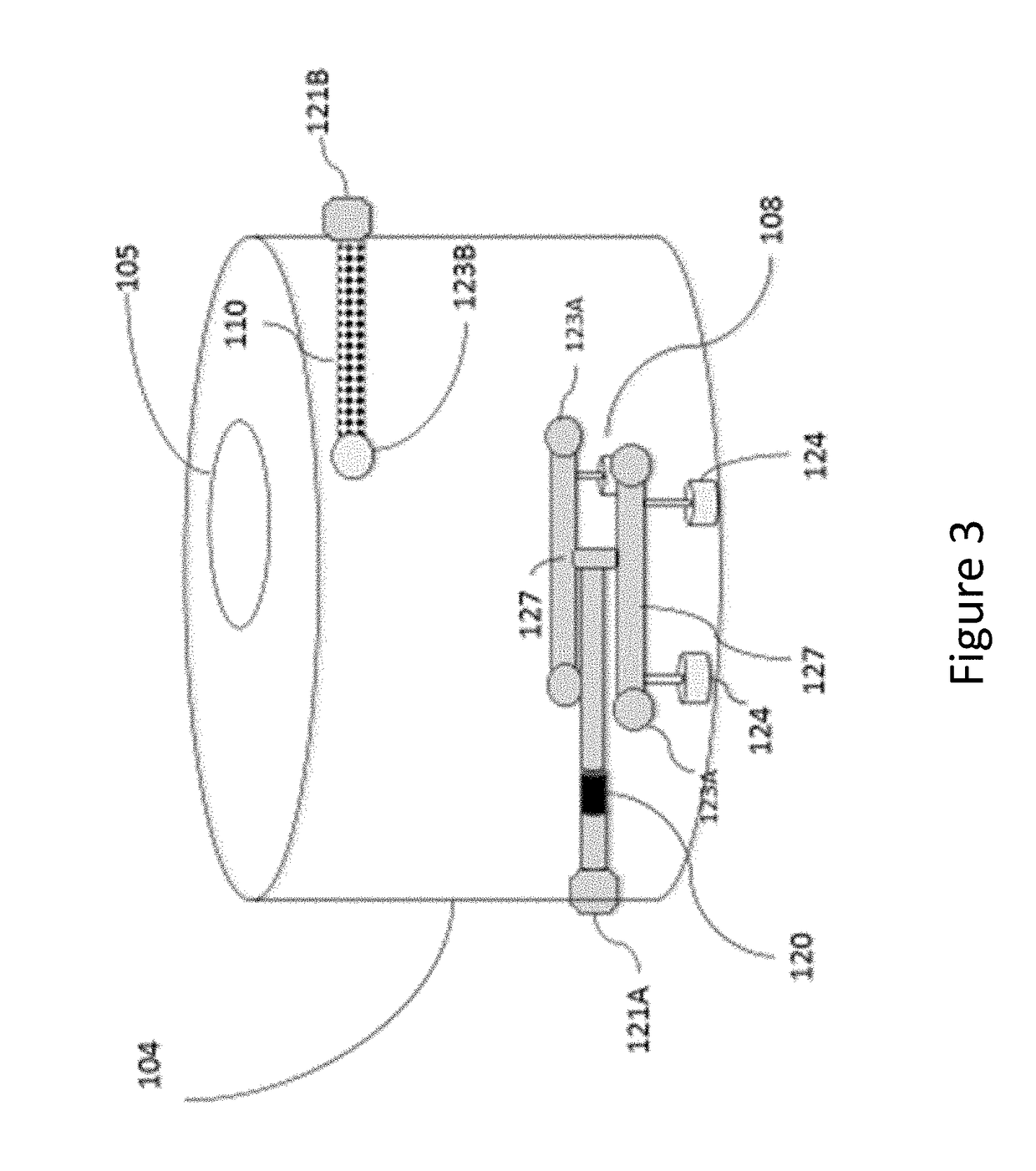Once the nutrients reach the larger bodies of water, they can accelerate
eutrophication-a major environmental problem.
Eutrophication can harm fish and other valuable species in the
watershed, cause
odor problems, and cause economic damage to local hospitality and tourism industries.
With the loss of the well water, homeowners and users must either dig a new well or rely on
bottled water for drinking, cooking, and
bathing-an extremely expensive proposition.
Most local and state water regulatory authorities will not allow rural communities to
discharge this waste back into the ground via septic systems, leach fields, or other surface disposal.
The only other solution is usually hauling off the nitrate-rich brine or concentrate, which is often too expensive for many small and / or rural communities.
These systems are generally expensive; permanent in that they are made of a “hard construction”-
cement, concrete, steel and other components; and they use the above
nitrification /
denitrification two-step approach to (1) reduce
ammonia to nitrate via an aerobic process, followed by (2) an
anaerobic treatment to reduce the nitrate to
nitrogen gas.
However, the large-scale, industrial MBBR-style reactors and systems currently known in the art and integrated into waste
water treatment systems are impractical in rural or agricultural areas due to very high upfront capital costs and requirements for extensive pipelines to bring waste water to the
water treatment plant.
Moreover, as it was a pressured
system, it required the use of expensive fiberglass or steel tanks.
As such, the options currently available to treat nitrate
contamination on a small scale level are limited.
Since the rate at which nitrate is remediated is very slow in these systems, these remediation basins must be made very large.
As a result, many farmers with high nitrate levels in their tailwater are unwilling to dedicate a substantial amount of their fields to create these
bioremediation basins.
The presence of this kind of
habitat close to an agricultural area can create a variety of unintended legal problems for growers if the birds and animals enter into the fields.
A further limitation of these large,
bioremediation basins is their inability to treat water contaminated with high nitrate levels (i.e. 15-20 mg / L NO3—N or higher).
While attractive because of their simplicity, WBRs are not used in production systems in the United States.
They are often quite expensive to construct because of the large area and extensive excavation required, and they suffer from numerous problems when compared to industrial
denitrification systems.
Second, long hydraulic retention times (
ranging from 2 to 30 days) require designers to dramatically increase woodchip
bioreactor area and volume.
Third, the woodchip bioreactors are hard construction and are not mobile, requiring a permanent modification to the farmers' valuable growing area.
Fourth, because of the horizontal and laminar flow conditions inside these long underground trenches,
sediment carried by the incoming tailwater will deposit near the inlet of the reactor over time, ultimately leading to blockage and channelization.
Channelization dramatically reduces the hydraulic
residence time within the WBR and, as a result, the amount of denitrification also decreases.
Fifth, the effectiveness of a WBR declines over time as the
woodchips are consumed by the
bacteria.
However, because the reactors are essentially buried, maintenance is impractical as cleaning out the WBR to restore flow or replace the
woodchips requires
total removal of the over-burden (
dirt), and the use of a backhoe or other piece of
heavy equipment to dig out the
woodchips.
Biologically available carbon, however, often is not present at any appreciable levels in the tailwater and must be continuously added to the denitrifying
bioreactor.
However, transporting external carbon to a denitrifying bioreactor dominates the
day to day operating costs of these MBBR-style reactors, and fluctuations in commodity prices for external carbon sources such as
methanol create uncertainty for system operators.
Furthermore, while acetate is a highly attractive
carbon source for denitrification due to the very
high rate of reaction, conventionally-supplied
acetic acid is also corrosive, hazardous and difficult to transport and / or
handle during operation, which is problematic.
In contrast, agricultural environments generally do not provide and cannot be characterized as having “
steady state” conditions and, therefore, the denitrification systems currently available are not suitable for treating agricultural tailwater or similar non-
steady state systems.
This leads to highly varying flows (i.e. high fluctuations) of wastewater, as well as high variations in the amount of nitrate in the wastewater flow.
Furthermore, since agricultural fields are separated into blocks, it is possible that some blocks may lie fallow for several weeks or months and a permanent or fixed denitrification system may not be receiving any tailwater during this time.
The primary limitations of the above-described processes (for example, but not limited to, the high upfront
capital cost; need for an appropriate, inexpensive
carbon source; limitations on nitrate loads / levels that can be treated; and / or the inability to deal with fluctuations in flow) have precluded the use of treating nitrate-laden waters using denitrification on a wide spread basis outside of large-scale waste
water treatment plants.
 Login to View More
Login to View More  Login to View More
Login to View More 









